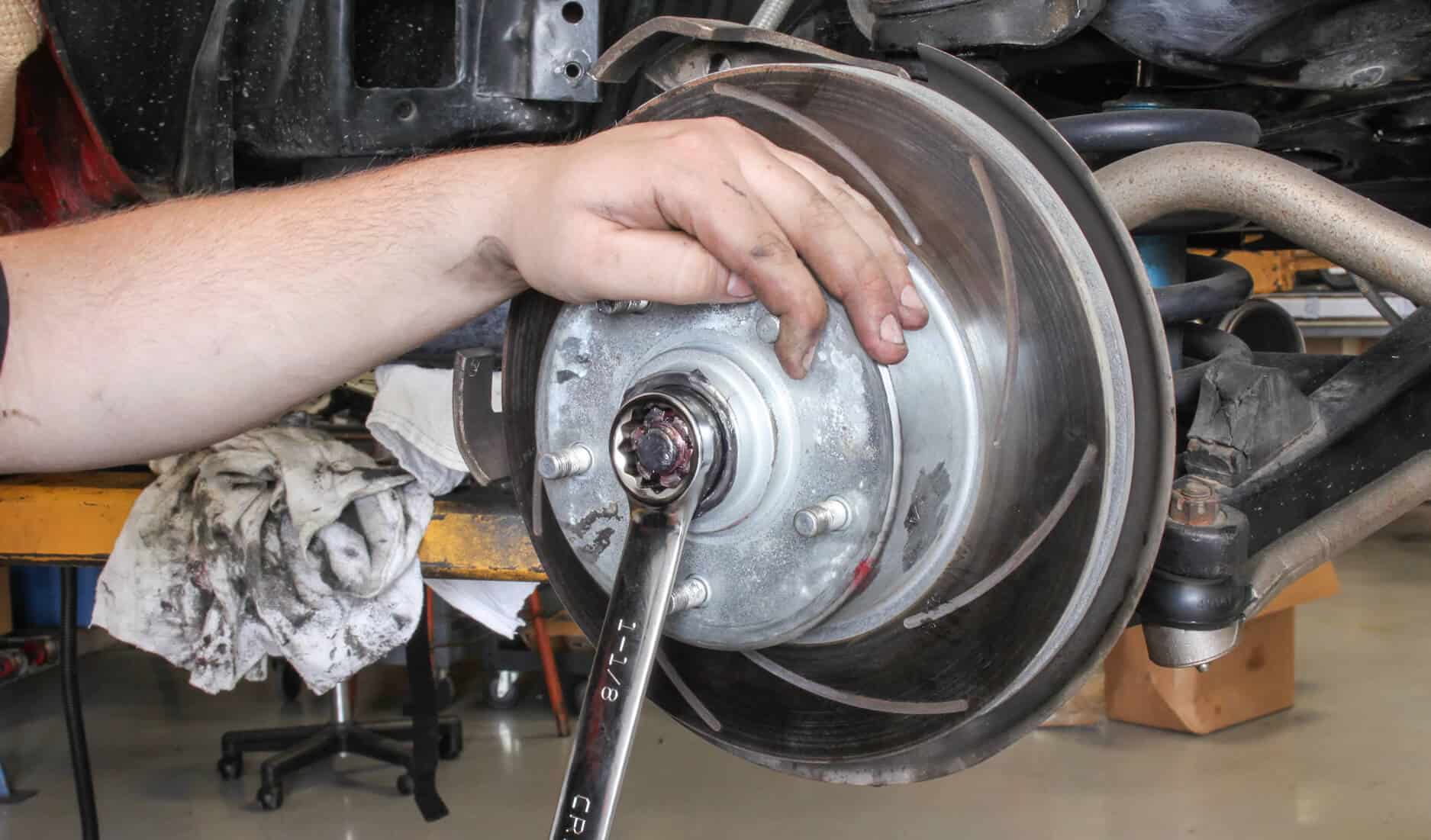Introduction
- Introduce the importance of power steering fluid in ensuring smooth and responsive steering in vehicles.
- Highlight the role of regular maintenance checks and fluid management in preserving power steering system performance.

1. Understanding Power Steering Fluid
- Function and Importance: Explain how power steering fluid facilitates hydraulic power assistance, making steering easier and more responsive.
- Types of Power Steering Systems: Overview of hydraulic power steering systems and newer electric power steering (EPS) systems, their differences, and fluid requirements.
2. Signs of Low or Contaminated Power Steering Fluid
- Symptoms of Low Fluid Levels: Indicators such as stiff or difficult steering, whining noises when turning the steering wheel, or erratic steering response.
- Contamination Issues: Recognizing signs of contaminated fluid, including discolored or dirty appearance, which can affect system performance.
3. Checking Power Steering Fluid Levels
- Location of Reservoir: Locate and identify the power steering fluid reservoir under the hood of the vehicle.
- Proper Inspection Procedure: Step-by-step instructions for checking fluid levels, ensuring the vehicle is on level ground and engine is off.
- Fluid Level Markings: Understanding the MIN and MAX markings on the reservoir to determine adequate fluid levels.
4. Adding or Changing Power Steering Fluid
- Fluid Specifications: Recommended fluid types specified by the vehicle manufacturer (e.g., ATF, synthetic power steering fluid).
- Adding Fluid: Guidelines for adding fluid to maintain proper levels and prevent air from entering the system during refilling.
- Fluid Change Interval: Frequency recommendations for flushing and replacing power steering fluid to remove contaminants and maintain system integrity.
5. DIY Maintenance Tips
- Inspection Schedule: Establishing a routine schedule for checking power steering fluid levels, especially before long trips or during seasonal maintenance.
- Fluid Condition Monitoring: Regularly monitoring fluid condition and appearance to detect signs of contamination or degradation.
- System Integrity Checks: Ensuring all connections, hoses, and seals associated with the power steering system are inspected for leaks or wear.
6. Professional Servicing and Troubleshooting
- Professional Inspection: Importance of periodic inspections by certified mechanics to diagnose potential leaks, system malfunctions, or component wear.
- Addressing Issues: Steps for addressing power steering fluid leaks, replacing worn components, or performing system repairs as recommended by professionals.
- Safety Considerations: Observing safety precautions during fluid checks and maintenance to prevent accidental spills and ensure proper disposal of used fluids.
Conclusion
- Recap the essential role of power steering fluid in maintaining smooth and responsive steering in vehicles.
- Encourage vehicle owners to prioritize regular checks and maintenance of power steering fluid to prevent steering issues and ensure driving comfort.
- Emphasize the benefits of proactive fluid management in extending the lifespan of power steering components and enhancing overall vehicle safety and performance.
By following these maintenance tips and guidelines, vehicle owners can effectively manage their power steering fluid, ensuring reliable and comfortable steering operation throughout the life of their vehicle.



